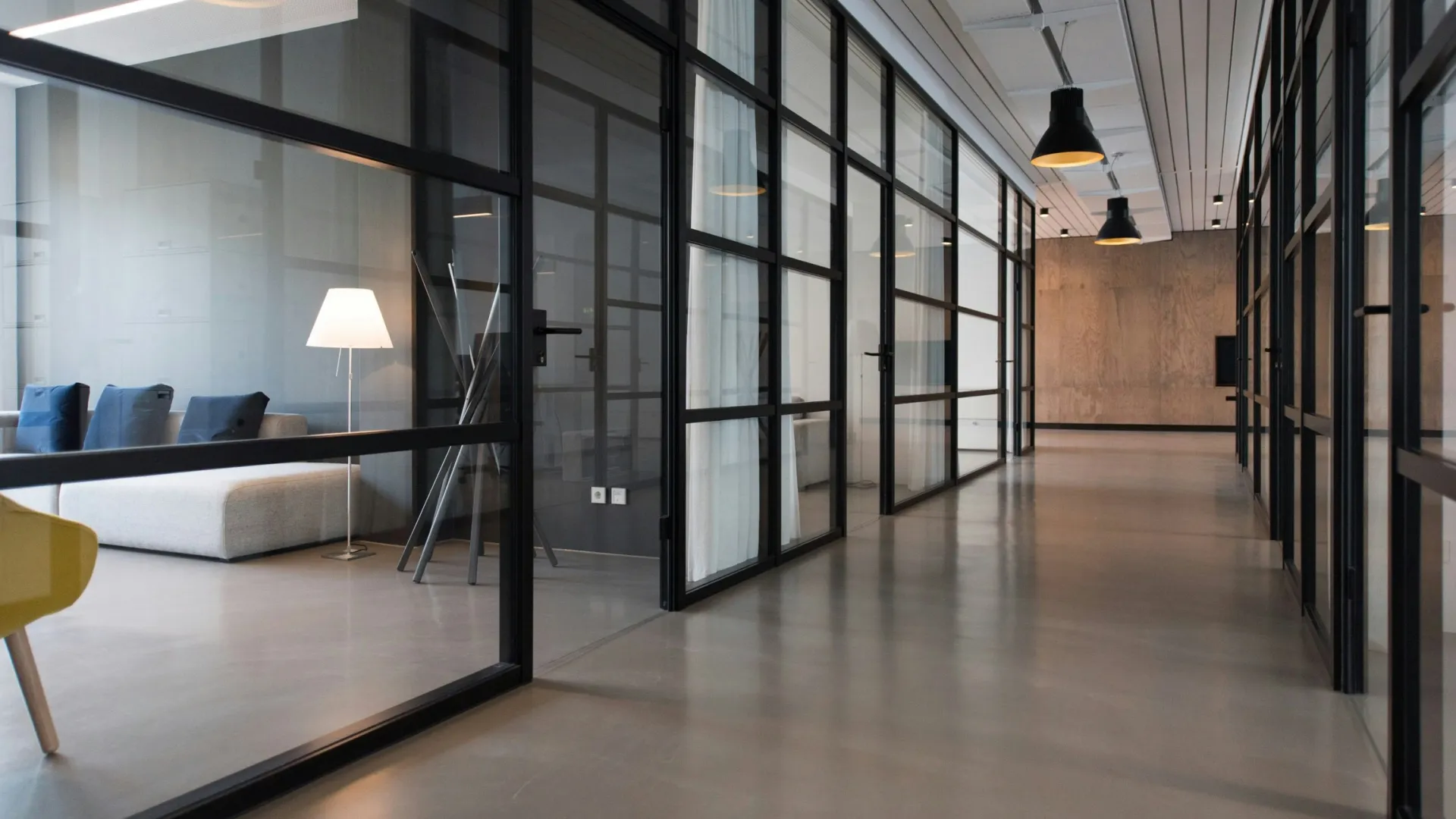
Best AEDs for Offices & The Workplace in 2024
Choosing the Best Workplace Defibrillator
Most offices are equipped with first aid stations, fire extinguishers, and medicine cabinets, but many still overlook a critical piece of safety equipment: an AED (Automated External Defibrillator).
While many assume that emergency responders can arrive quickly enough to save a victim of sudden cardiac arrest (SCA), the reality is there's often only a 10-minute window for survival. Paramedics' response times can be right around this mark, leaving little room for error. Having an AED in your workplace can be a lifesaver during those crucial moments.
What to Consider When Choosing an AED for Your Workplace
Investing in an AED is like any other safety precaution—something you hope you'll never need, but will be immensely glad to have in case of an emergency. Here's what you should keep in mind when selecting the right AED for your office:
1. Assess Your Workplace's Needs
Start by evaluating your workplace's specifics. Factors like the size of the office, layout, number of employees, and potential hazards will help determine how many AEDs are required and where they should be placed. More than one AED may be necessary for larger offices or areas with multiple floors.
2. Research AED Options
Once you've assessed your needs, it's time to explore different AED models. Look for devices that are user-friendly, reliable, and have a solid performance record. Features like compact size, long battery life, and clear voice instructions are important. AEDs with CPR feedback, like the ZOLL AED Plus, can also enhance your chances of performing a successful rescue.
3. Factor in Cost and Maintenance
AEDs come at a range of price points, typically between $1,350 and $3,000.
Choose one that fits within your budget but don't skimp on quality. Also, consider the cost of replacement pads and batteries as well as any required maintenance or training to ensure the AED remains in working order. Keep in mind that the lowest initial cost may not always mean the best long-term value.
4. Understand Compliance and Regulations
Before purchasing, familiarize yourself with any applicable laws or regulations to AEDs in your area. Certain states or industries may have specific guidelines about AED placement, training, and usage. This will ensure your investment complies with safety standards and is ready for use when needed.
Top AED Options for the Workplace
At AED Safety, we carry a wide range of AEDs suitable for office environments. Below are three top choices, each offering unique features to fit different needs and budgets:
ZOLL AED Plus
The ZOLL AED Plus stands out for its real-time CPR feedback and ease of use. This device offers one of the lowest maintenance costs on the market, with its pads and batteries priced significantly lower than many competitors. Its durability and compact design make it easy to store and transport in the office, and it comes with an 8-year manufacturer warranty.
The voice commands also provide valuable guidance during practice drills and emergencies.
HeartSine Samaritan 350P/360P
For a more budget-friendly option, consider the HeartSine Samaritan 350P/360P. Lightweight, compact, and easy to use, it's perfect for smaller offices or for keeping on hand while traveling.
Despite its lower cost, this AED still features real-time CPR coaching and semi-automated functionality, making it a solid choice for many workplaces. It also comes with an 8-year warranty, so you can be confident in its longevity.
Philips HeartStart OnSite
The Philips HeartStart OnSite is the most popular AED in the world—and for good reason. Known for its user-friendly design, it provides voice prompts to guide users through every step of the rescue.
The device comes pre-installed with pads and batteries, so there's no extra setup required in an emergency. Backed by decades of use, the HeartStart OnSite is a reliable option with an 8-year warranty. However, be aware of potential delays in availability due to supply chain issues.
Final Thoughts
Choosing the right AED for your workplace involves careful consideration of your office's unique needs, budget, and local regulations. At AED Safety, we offer a range of high-quality AEDs, ensuring that you're prepared for any emergency. Investing in an AED today could mean the difference between life and death tomorrow.
If you're looking for added value, check out our AED packages, which include essential accessories like wall cabinets, rescue kits, and more.
Frequently Asked Questions
Q Why should my workplace invest in an AED?
Q How do I determine how many AEDs my workplace needs?
Q What kind of maintenance is required for an AED?
Most AEDs require minimal maintenance. You'll need to replace the pads and batteries as needed, based on the manufacturer's guidelines, or after an AED has been used. Some devices, like the ZOLL AED Plus, are designed for low-cost maintenance, with long-lasting batteries and pads.
Q Are AEDs difficult to use?
No, AEDs are designed to be user-friendly, even for those without medical training. Many models, like the Philips HeartStart OnSite or ZOLL AED Plus, provide clear voice prompts to guide users through each step of the rescue, making them easy to use in high-stress situations.
